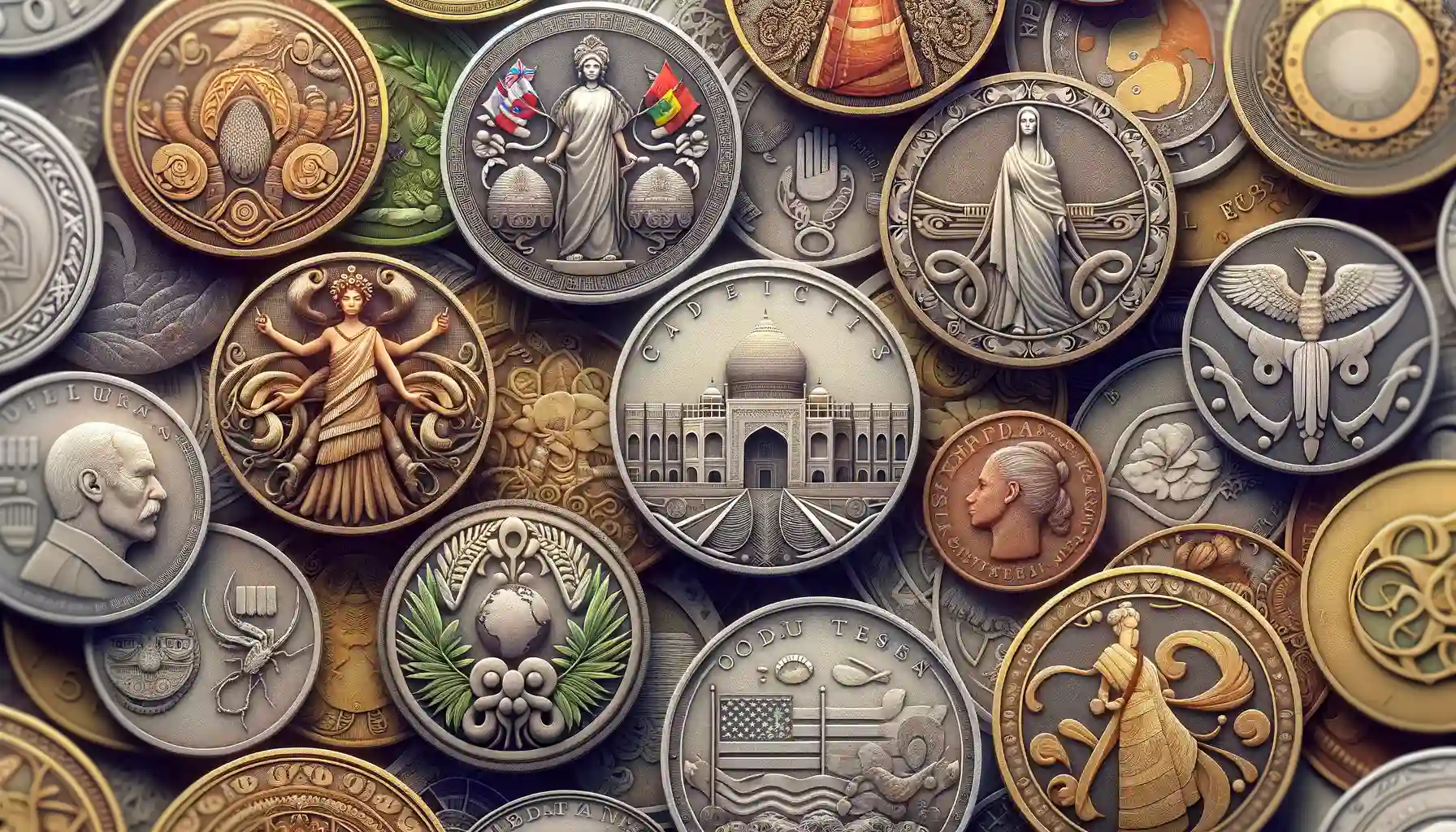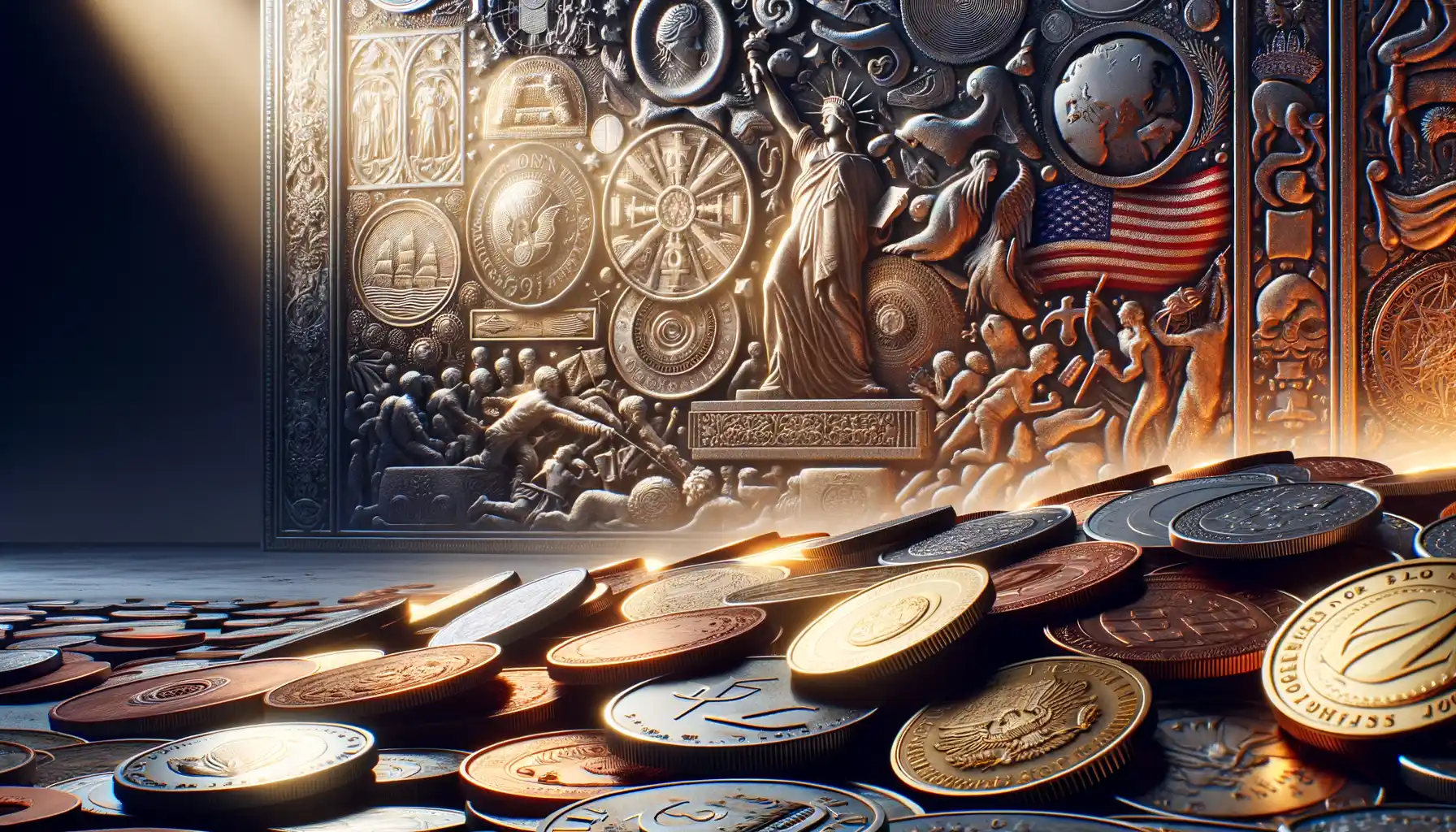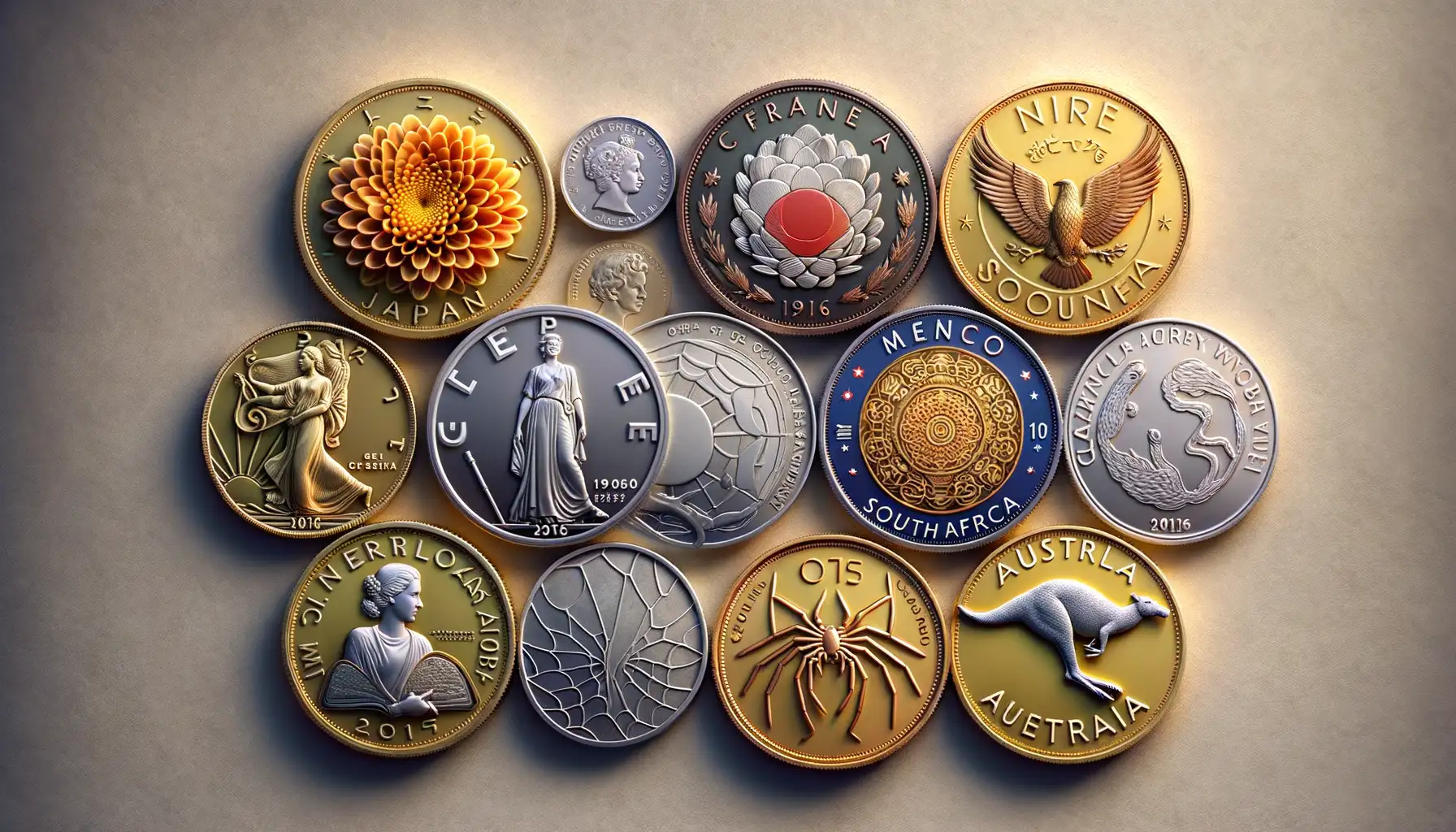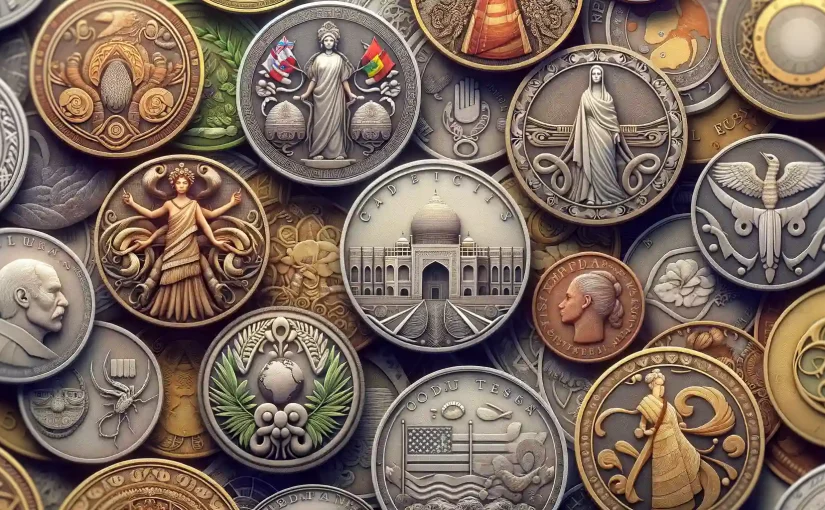Historical Significance of Coins in Representing National Identity
Coins as Silent Storytellers of a Nation’s Journey
Coins are more than just tools of trade; they’re tiny, metallic time capsules that whisper stories of where a nation has been and what it stands for. When you hold an ancient coin in your hand, you’re essentially cradling a piece of history—one that kings, revolutionaries, and ordinary people all touched. Every scratch, every faded image helps recount the trials and triumphs that shaped a country’s soul.
Take, for instance, the **Denarius** of ancient Rome. Its intricate details not only showcased emperors but conveyed imperial power and divine favor. Fast-forward to the U.S. penny bearing Lincoln’s profile—it’s not just spare change; it’s a nod to liberty, resilience, and leadership.
- Some coins immortalize pivotal battles, like Greece’s drachmas honoring the Battle of Marathon.
- Others celebrate cultural milestones, such as Ireland’s harp-toting coins reflecting their rich musical heritage.
From emperors to revolutionaries, coins have lent their surface to the faces and emblems that define a people. They may be small, but don’t be fooled; these circular storytellers have a weighty role in preserving identity.
Cultural and Political Messages Depicted on Coins

Stories Hidden in Every Coin
Imagine this: a single coin, worn with age, carrying whispers of revolutions, cultural pride, or even bold political declarations. Coins are not just currency; they’re miniature storytellers. They reflect the heartbeat of a nation and reveal what a country wants to say about itself to the world—and its people.
Take, for example, ancient Rome. Their coins showcased emperors’ faces paired with Latin phrases proclaiming military victories or divine favor. These weren’t just decorative choices; they were deliberate propaganda tools. Fast forward to modern times, and you’ll see similar strategies—just more subtle. A €2 coin from Greece might feature a figure from mythology, reinforcing cultural pride with every transaction.
- The Australian $1 coin: Celebrates Aboriginal art, showcasing indigenous culture.
- South African rand coins: Highlight the “Big Five” animals, aligning nature with national identity.
Each design decision feels deeply personal. It’s like these tiny metal disks become ambassadors, whispering, “This is who we are.” Who knew your spare change was so eloquent?
The Role of Coins in Shaping a Nation’s Identity

Coins as the Silent Storytellers of a Nation
Picture this: a single coin, tucked away in someone’s pocket, quietly carrying centuries of history. Coins are more than just currency. They’re like tiny time capsules, whispering the story of their country’s identity to anyone willing to listen. They reflect the essence of a nation—its triumphs, struggles, and values—etched into metal for eternity.
Think about it. The American eagle, perched proudly on U.S. coins, isn’t just decorative. It’s a fierce emblem of freedom, strength, and independence. Or take the ancient Greek drachma, featuring images of Athena and her owl—it wasn’t just money, but a symbol of wisdom and protection. These designs weren’t chosen randomly; they were deliberate choices to showcase national pride and idealism.
- The leader’s face on one side? A statement of authority.
- A wheat stalk or hammer? A nod to agriculture or industry.
- Stars, shields, or mythical creatures? Allusions to values that shape a culture’s soul.
The power of coins lies in their ability to provoke a sense of belonging. They are perhaps the only objects that citizens of all walks of life interact with daily while unknowingly absorbing the story of their homeland.
Symbolism and Iconography on Coins Across Different Eras
![]()
Hidden Stories Etched in Metal
Coins are tiny time capsules, aren’t they? Each one whispers tales of its era through the symbols pressed into its surface. Take the laurel wreaths on ancient Greek drachmas, for instance—they didn’t just look pretty; they screamed *victory* and *honor*, honoring athletic champions as cultural heroes. Or think about how Roman denarii proudly displayed gods like Jupiter, flexing the empire’s divine authority. These weren’t just coins; they were a daily reminder of who held the reins of power.
Fast forward to the Middle Ages: European coins often bore images of saints, shields, or sacred crosses, combining spiritual devotion with regal pride. Imagine holding a medieval penny and feeling the pulse of both faith and feudal loyalty in your palm.
- Animals, such as lions or eagles, roaring across coins symbolized strength and sovereignty.
- Icons of tools or agriculture reflected a nation’s economic heart—think wheat stalks on Soviet-era kopeks.
Each design choice, no matter how small, was deliberate—a spark that could ignite loyalty or ambition, depending on the audience. Isn’t it incredible how a simple coin can carry the weight of an entire civilization’s hopes and ideals?
Global Examples of Coins as National Identity Markers

Coins: Tiny Mirrors of National Stories
Imagine holding a coin in your hand—a small, solid artifact of history. Yet, within its metal boundaries lies an entire story about the people who crafted it and the identity they wanted to share with the world. Around the globe, coins are more than widgets for commerce; they’re vibrant reflections of a nation’s pride, struggles, and aspirations.
Take Mexico, for example. Their coins often depict ancient Aztec and Mayan symbols, like the Sun Stone on the 20-peso coin, which oozes cultural heritage through every intricate line. And what about Canada? Their delicate maple leaf design doesn’t just symbolize the country’s natural beauty—it’s a global shoutout to environmental identity and resilience.
- In post-apartheid South Africa, the “Rand” features animals of the Big Five, celebrating not only wildlife but a united cultural rebirth.
- Finland, famed for its innovation, once minted a 2-euro coin honoring composer Jean Sibelius, blending art and identity seamlessly.
From Britain’s royal effigies to Japan’s sakura blossoms adorning yen coins, each design tells a deeply personal tale. Unexpected, isn’t it, how such tiny objects can hold the weight of a nation’s soul?

